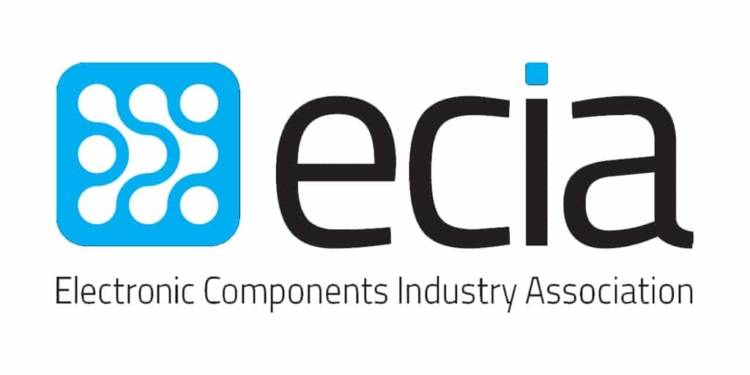source: ECIA news
Atlanta, GA – The ECIA has issued a warning from its Chief Counsel, Robin Gray, on the increasing threat of counterfeit parts getting into the supply chain during periods of component shortages:
ECIA is tracking the challenges the industry faces due to component shortages, especially in passives such as MLCCs and certain semiconductors. Our component supplier member community is working on alleviating these issues. Long lead times and allocation conditions are expected to continue throughout most of 2018, however.
ECIA is concerned that these conditions will force customers to consider alternative and unauthorized sources for these critical components in order to meet their own production commitments. This is understandable, but increases the risk to the industry and the consumer that counterfeit components will get into the supply chain.
The Department of Justice is also concerned about the risks to the public. The following is a statement from a recent grant proposal to the law enforcement community from the Department of Justice:
The threat to United States interests from IP theft has evolved. The increasing perpetration of illegal and damaging acts of IP theft not only costs the U.S. economy tens of billions of dollars per year, but it also deprives individuals of their livelihoods, and poses a public safety and health threat. Counterfeit goods traditionally were limited to luxury goods such as handbags and watches. However, with the advent of new technologies, combined with the high profits and perceived low risk from selling infringing goods, counterfeits have become increasingly more sophisticated and prevalent. Products in every industry—from food to health care products to electronics—now are being counterfeited. Counterfeit pharmaceuticals may contain a dangerous incorrect dosage of medication or harmful contaminants. Automobile parts may make vehicles unsafe, aircraft parts may fail in flight, or electrical components may catch fire. Average consumers are incapable of determining whether the goods they purchase pose a risk or the nature of the risk.
The widespread availability of the Internet has contributed to the increasing threat. The Internet enables manufacturers to sell counterfeit products to customers around the world, and facilitates counterfeiters who wish to breach or avoid legitimate supply chains for products. The impact of the Internet is particularly noticeable in the pharmaceutical, automotive parts, and electronics industries. Offenders are creating websites that appear legitimate and deceiving consumers into purchasing counterfeit goods. Because of the anonymity of the Internet and the ability of counterfeiters to disguise the true nature of the goods they offer online, consumers are hampered in their ability to make rational choices.
With the DoJ’s increaded awareness of the problems comes increased enforcement efforts. For example, an arrest was made in Orange County, California recently.
ECIA encourages the component industry to continue to rely on the authorized channel for electronics components and to report any counterfeit component activity to the Department of Justice.
About ECIA
The Electronic Components Industry Association (ECIA) is made up of the leading electronic component manufacturers, their manufacturer representatives and authorized distributors. ECIA member companies share a common goal of promoting and improving the business environment for the authorized sale of electronic components. Comprised of a broad array of companies representing all phases of the electronics components supply chain, ECIA is where business optimization, product authentication and industry advocacy come together. ECIA members develop industry guidelines and technical standards, as well as generate critical business intelligence. For more information, visit www.ecianow.org or call 678-393-9990.
































